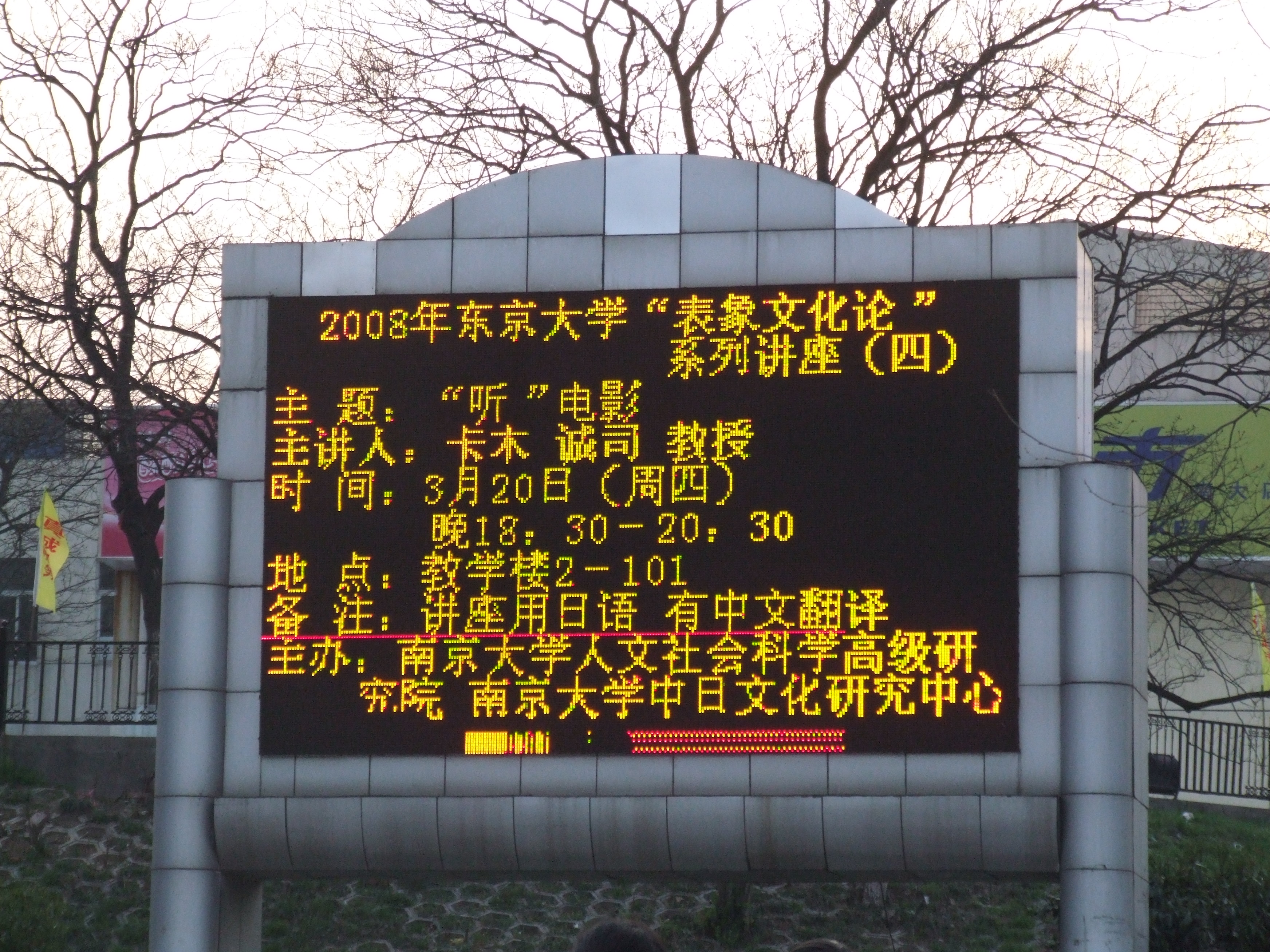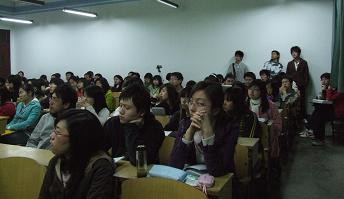Forum and intensive lectures at Nanjing University
" opera as history" /
CHOKI Seiji (Musicology and Contemporary Music, University of Tokyo)
CHOKI Seiji (Musicology and Contemporary Music, University of Tokyo)


*are references
1. The assimilation and change of “foreign” things: Mozart’s “Flight from the Serail”
*Peter Kivy, Osmin's Rage. Philosophical Reflections on Opera, Drama, and Text. (Princeton University Press, 1988)
2. Women meant to go mad and die: Donizetti’s “Luzia of Ranmelmour”
*Catherine Clement, Opera: the Undoing of Women. (University of Minnesota Press, 1989)
3. Men pulling together: Wagner’s “Lohengrin”
*Celia Applegate & Pamela Potter, Music and German National Identity. (University of Chicago Press, 2002)
4. The orient as a substitute of desire: Pucchini’s “Madame Butterfly” and “Turandot”
*Jonathan Wisenthal (ed.), A Vision of the Orient. Texts, Intertexts and Contexts of Madame Butterfly.
(University of Toronto Press, 2006), Kii-Ming Lo, Turandot auf der Opernbühne. (Peter Lang, 1996)
5. The inside and outside of opera: Richard Strauss’ “Ariadne of Naxos”
*Charles Osborne, The Complete Operas of Richard Strauss. (Da Capo, 1988)
6. The disassembling of stories/ the story of disassembling: B.A. Zimmermann’s “Soldaten”
*Dörte Schmidt, Lenz im zeitgenössischen Musiktheater : Literaturoper als kompositorisches Projekt bei
Bernd Alois Zimmermann, Friedrich Goldmann, Wolfgang Rihm und Michèle Reverdy. (Metzler, 1993)
Other references
*Donald Jay Grout & Claude V. Palisca, A History of Western Music. 4th ed.
(J.M. Dent, 1988)
*Donald Jay Grout & Hermine Weigel Williams, A Short History of Opera. 4th ed.
(Columbia University Press, 2003)
Sanko Nagaharu, Eruza no yume kaizohan – atarashii wagnerzo wo motomete
(Hosei daigaku shuppankyoku, 1996)
Nagaki Seiji, zenei ongaku no hyouryushatachi – mo hitotsu no ongakuteki kindai
(Chikuma shobo, 1993)



